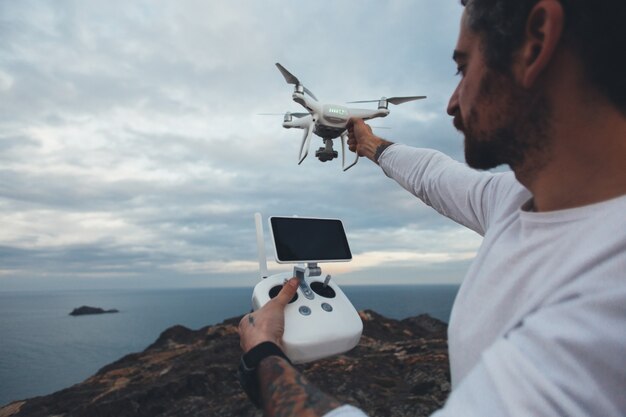
Sponsored article
In a rapidly evolving drone technology landscape, regulating and controlling the use of these devices has become crucial. This article sheds light on the intricacies of passive RF detection—a key technology positioned to play a vital role in drone neutralization. Delve into the underlying principles of radio frequency, its applications in drone security, and how it is transforming the future of airspace safety.
The principles of Radio Frequency (RF) lay the scientific foundation for RF detection for drones which is an essential part of modern drone detection and neutralization. RF detection leverages the nature of radio waves, which carry communications for a myriad of devices including drones. By monitoring a wide frequency range, RF detectors can apprehend these drone signals.
Applying this science to drone neutralization involves several steps, such as:
Through these principles, RF detection can play a pivotal role in maintaining secure and drone-free spaces.
Passive RF detection plays a critical part in drone neutralization, paving the way for a secure airspace. As significant challenges to drone security surface daily, neutralizing drone threats is becoming an absolute necessity. The application of passive RF detection offers the much-needed solution to this escalating concern.
This technology enables us to detect, locate, and even distinguish the type of drones, serving a key role in maintaining the integrity of our skies. It’s the herald of a new era in drone security, making the use of passive RF detection for drone neutralization not just crucial, but a game-changing innovation in aviation safety.
Exploring the potential of passive RF detection opens a new horizon in the future of drone neutralization. This ingenious technology is seen as a significant instrument in detecting drones autonomously, making drone neutralization more efficient and timely. Its ability to identify emanating signals from drones without actively interfering provides a discreet and non-invasive approach to drone mitigation.
However, despite its potential, it encounters limitations and challenges. It is susceptible to environmental factors and it might struggle distinguishing drones from other devices emitting similar signals. Furthermore, its effectiveness may falter in high RF noise environments. Therefore, the future of drone neutralization isn’t solely dependent on passive RF detection but rather a blend of complementary systems to overcome these challenges.